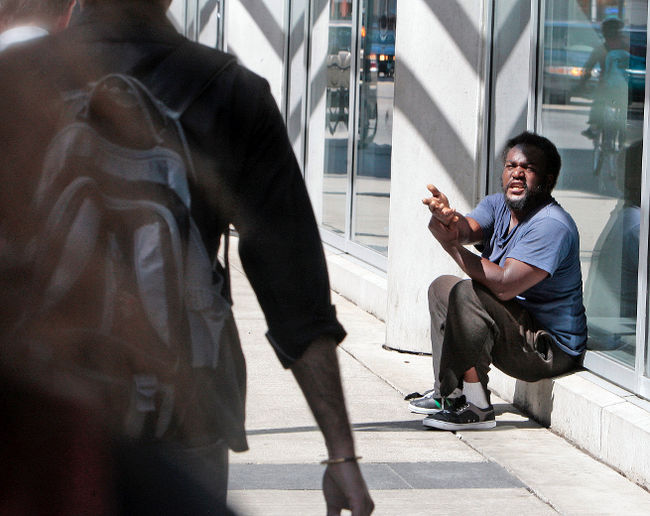Street people are the people who live a public life on the streets of a city. Some ask us to view them as our community members (e.g., Homelessguide) and others consider them as business opportunities (e.g., Fortune at the Bottom of the Pyramid). Regardless of our objectives whether we want to help them or make money from them, we need to understand street people more deeply.
From the psychological point of view, their behavior differs depending on where they live. Most street people whom I have seen in Seoul have avoided interacting with me; they hide themselves from public. In contrast, many street people I have met in Toronto have tried to interact with me; they ask passers-by for change and sometimes chat briefly. It seems that social issues (e.g., losing faces or keeping distant from people) are more critical to relatively passive, Asian street people whereas economic issues (e.g., making money) are more desperate to relatively active, North American street people.

If their behavioral difference comes from how WE treat them, we should not ask street people to change their behavior: Instead, WE may need to change the way we treat them. In particular, Asians including me may need to invest social resources (e.g., smile) rather than economic resources (e.g., money) to befriend street people.

